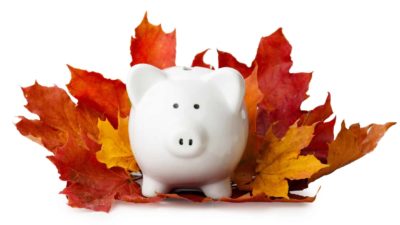Wesfarmers Ltd (ASX: WES) shares have proven to be among the ASX's most dependable achievers over the past year, rising by more than 24%. Since its lows of 23 March last year, the Wesfarmers share price is up a staggering 87.5%.
This year alone, the industrial conglomerate has added more than 8% to its market capitalisation and has been clocking new all-time highs like The Flash over the past two months. As a point of comparison, the S&P/ASX 200 Index (ASX: XJO) is still down around 2.4% compared to where it was 12 months ago. So what is it about this ASX blue-chip share that has investors so eager to buy in?
What is Wesfarmers?
Wesfarmers is one of the most diversified large-cap businesses on the ASX. It owns many of Australia's most well-known and profitable retail brands, such as Bunnings, Kmart, Target, and Officeworks. But that retail cornerstone is only one part of this company's earnings base. It also owns a suite of other businesses.
These range from coal mines and lithium processors to a clothing line. There's Kleenheat Gas, CSPB Fertilisers and Australian Vinyls. There are also the recently-developed 'new world' businesses like Decipher (offering cloud-based data services), Catch.com.au (an online retailer), and Geeks 2U (offering computer and tech repairs). Wesfarmers also retains a stake in the loyalty program Flybuys, as well as a ~5% stake in Coles Group Ltd (ASX: COL).
Coles sale works wonders
Let's talk about Coles for a moment. It might seem like ancient history now, but for more than a decade, it was a fully-owned subsidiary of Wesfarmers. Wesfarmers spun-off the grocery giant in late 2018, resulting in Coles' own ASX listing, with investors receiving one Coles share for every Wesfarmers share owned. At the time, Wesfarmers retained a 15% stake in Coles, but it has progressively sold down this stake to the 5% it still owns.
Even so, Wesfarmers (and its shareholders) have done very well out of this deal. Coles was spun-off at a price of roughly $12.80. Today, Coles shares are trading at $18.36 (at the time of writing), and have developed an impressive dividend track record.
Speaking of dividends, let's turn to Wesfarmers. Today, at the time of writing, the Wesfarmers share price is sitting at $55.73. That represents a market cap of around $62 billion, a price-to-earnings (P/E) ratio of 38.46 and a trailing dividend yield of 2.76% (which comes fully franked).
A P/E ratio of 38.46 objectively looks very high for a company of this size and scale. For comparison, Coles shares currently have a P/E ratio of 24.81. The ASX 200 itself currently has an average P/E of 23.18. So why are investors still so keen to buy in?
Why is the Wesfarmers share price outperforming?
Well, the first thing to note is that Wesfarmers has been sitting happily in a number of tailwinds over the past year. The trading update it delivered in November 2020 informed investors that Bunnings sales were up 25.2% over the previous corresponding period.
Kmart and Officeworks also had strong results, with sales up 3.7% and 23.4% respectively. Likewise, Catch.com.au recorded a 114% rise in transaction volume. It seems that Bunnings and Officeworks were beneficiaries of the coronavirus-induced lockdowns, with customers turning to home renovations, building home offices and other improvements to fill in their time.
Additionally, Wesfarmers' acquisition of the lithium company Kidman Resources in 2019 appears to have been well-timed. Fellow lithium producers like Pilbara Minerals Ltd (ASX: PLS) and Galaxy Resources Limited (ASX: GXY) have boomed over the past year as lithium prices rose on the back of electric vehicle and battery demand. Pilbara shares alone are up more than 200% over the past 12 months. Investor enthusiasm surrounding lithium has arguably also flowed into the Wesfarmers share price as a result of its Kidman ownership.
Finally, investors may be just assuming that the Wesfarmers share price represents a solid, long-term investment. Afterall, the company boasts a diversified earnings base, long history of shareholder returns, and the fact it is leveraged to the growth of the Australian economy, to entice investors.









